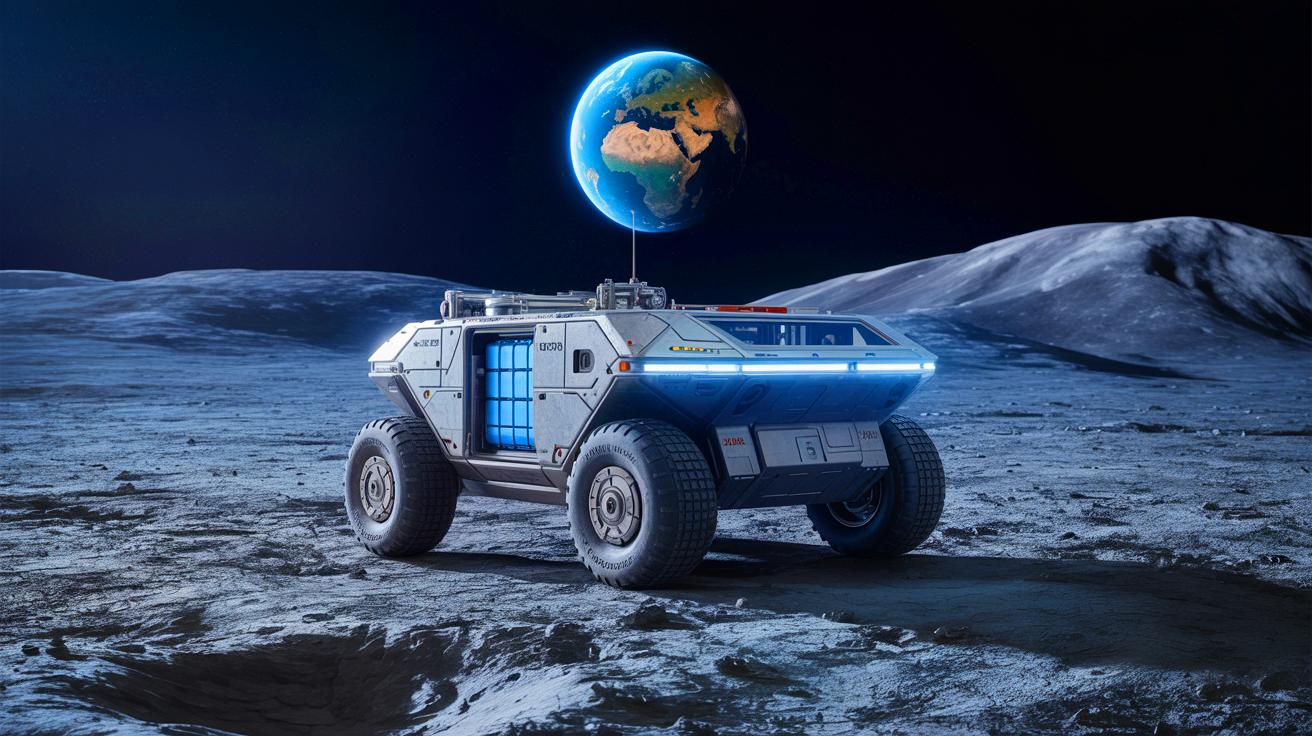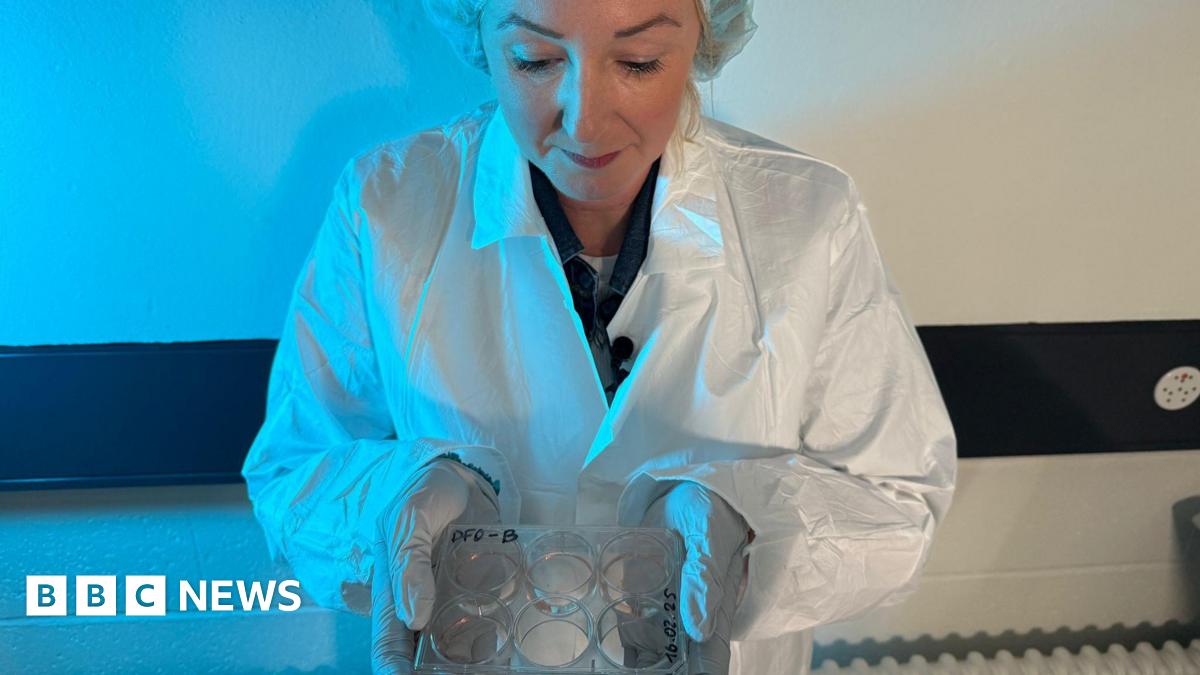Unbelievable Lunar Terrain Vehicle Set to Revolutionize Moon Exploration!

Imagine zooming across the Moon's surface in a vehicle designed to withstand temperatures that could freeze you solid in seconds! The groundbreaking Lunar Terrain Vehicle (LTV), developed under NASA’s Artemis program, is not just a moon buggy; it’s a marvel of modern engineering that promises to transform lunar exploration.
The LTV is engineered to thrive in the Moon’s extreme conditions, where night temperatures can plunge to a staggering -334 °F. This isn’t just any vehicle; it’s a sophisticated machine that combines General Motors’ cutting-edge battery technology with NASA’s ambitious vision for sustainable lunar missions. Think of it as a high-tech lunar rover that can last up to ten years, covering a whopping 19,000 miles!
While the original Apollo rovers were limited in range and essentially disposable, the LTV is designed to be reusable and durable. General Motors is leveraging its expertise in automotive tech to ensure the LTV can tackle the harsh lunar environment. Picture this: rechargeable batteries that last longer than your average smartphone, paired with advanced insulation and self-heating capabilities to keep everything operational, even in the most extreme conditions.
What’s more, this lunar vehicle comes equipped with advanced mobility features that allow it to navigate the Moon’s rugged terrain like a pro. With capabilities like Crab Walking and zero-point turning, the LTV can maneuver over dust, sand, and pebbles with ease. And if that’s not impressive enough, it can be driven by astronauts or operated remotely from Earth, thanks to its array of sensors including LiDAR and high-resolution cameras!
Navigating the Moon is no small feat, and with the Artemis program’s goal of establishing a sustainable human presence, the LTV is poised to play a crucial role. NASA is expected to make a decision on which design to adopt soon, with the chosen vehicle set to support Artemis V, a mission scheduled for 2030. This will be the first time astronauts will have a dedicated vehicle on the Moon since the Apollo missions, showcasing just how far we’ve come in five decades.
The future is bright for lunar exploration! As we stand on the brink of this new era, one can’t help but wonder how these technological advancements will influence our understanding of the Moon and beyond. With the LTV leading the charge, humanity’s next giant leap might just be around the corner.


















